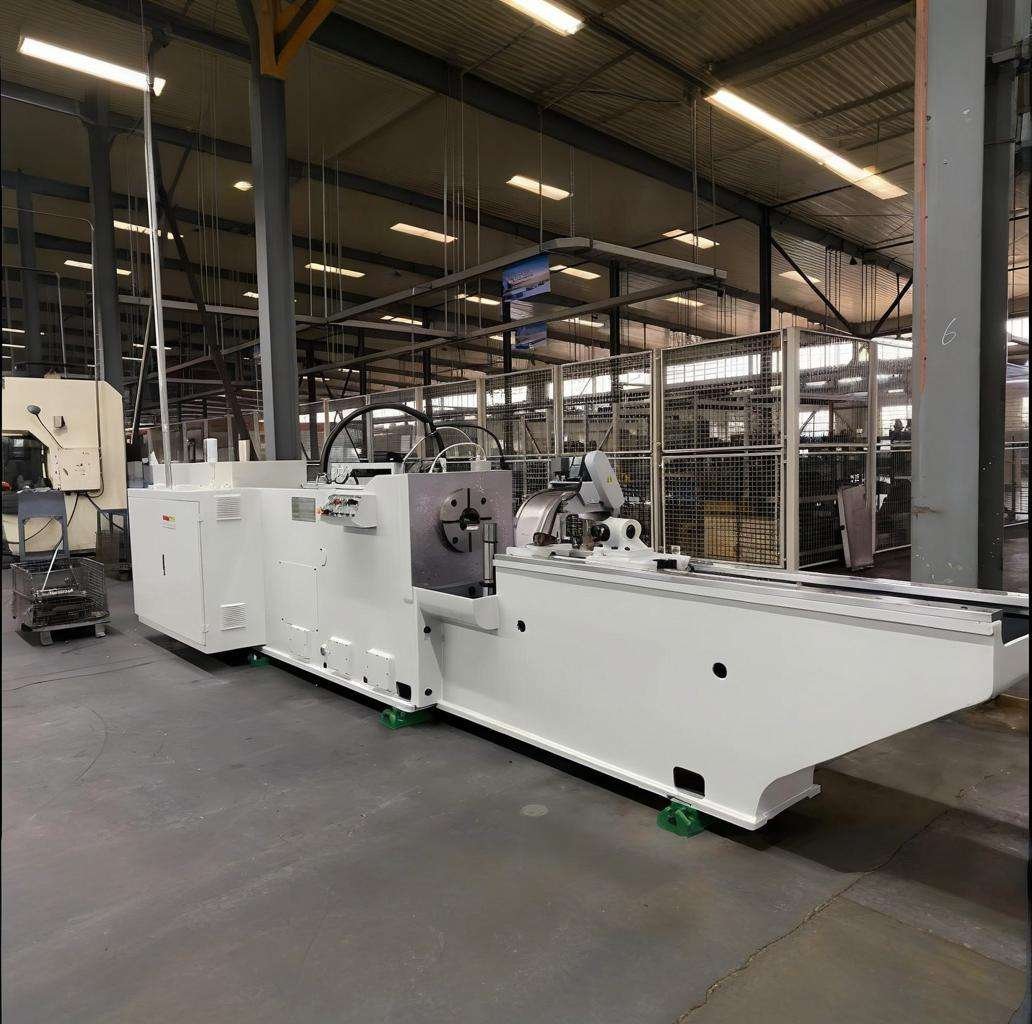Time is always ticking in manufacturing. When you’re making thousands or even millions of identical parts, every second counts. For that reason, many of today’s production lines rely on a single, powerful solution: the broaching machine. This tool not only spares your time, but it also quantifies it as output.
When speed, accuracy, and repeatability are paramount, few machines compare. Broaching has become an essential process for manufacturers seeking to produce high volumes while maintaining a high standard of quality. But why does it matter so much, exactly? Now let’s learn why a broaching machine is the secret weapon to modern high-volume production.
Precision That Stays Consistent
In mass production, you must achieve the same effect repeatedly. Even the smallest variance can disrupt assemblies, generate waste, and damage your reputation. A broaching machine is designed to prevent this.
The broaching is easy enough to be repeated countless times. And once it’s set, it becomes repeatable geometry and surface finishes — even over thousands of cycles. The tool path never varies. The cutting tooth is sequentially fixed. And the results are reliable.
This uniformity can assist manufacturers with exacting tolerances. Whether it’s keyways, splines, or complex internal shapes, a broaching machine ensures that every piece comes out just as it should. Such a performance may provide a critical competitive edge.
Faster Cycle Times, Higher Output
Speed isn’t the only thing that wins in production; it’s efficient speed. A broaching machine does not cut material; it pulls material. Broaching is a one-pass operation, which contrasts with operations such as hobbing or grinding.
This linear cutting process saves time on each part. Additionally, there are no tool changes or repositioning required. That translates to shorter cycle times, they say, and faster throughput.
A few seconds saved per part quickly add up in high-volume environments. Multiply that by hundreds of parts per hour, and you begin to accumulate real production gains. That’s one reason why makers of parts for cars, planes, and gears often turn to broaching.
Complex Shapes Made Simple
Some cuts are so impossible to achieve by a conventional machining process. Internal unconventional Forms: Internal splines, holes, and other such keyways with out-of-round workpieces regularly necessitate distinctive treatment or time-consuming methods. This is where the broaching machine comes in.
It reduces to the simplest what other machines find difficult. The broach tool itself is made of a series of larger and larger teeth. These teeth do the work in points, but grind down the material with every single stroke until it resembles the final shape.
This also means that you can create very complex shapes very quickly. There is no need for several planes or difficult workarounds. The broach machine handles it in a single, clean operation.
Lower Per-Part Costs
Production isn’t just about speed or quality — it’s also about price. Each operation has an impact on your bottom line. That’s why the manufacturers scramble to find ways to lower per-unit costs, without sacrificing quality.
The broaching machine assists in this by reducing labour, machine time, and tool wear. That is because by finishing pieces so rapidly, operators can handle a significantly higher volume. The gears also wear more evenly, resulting in longer tool life. The process requires less energy than some other heavy-duty machining options.
All of this eventually results in the cost per part coming down. This has led to more competitive pricing, improved margins, and increased profitability.
Minimal Operator Skill Required
Some machining operations are highly dependent on manual skills. While skilled machinists are an asset, it’s not feasible to rely on them for every cycle in a high-volume setup. A broaching machine simplifies operations.
After the tool is adjusted and the work piece is set, everything else is automatic. There is little margin for error on the part of the operator. That means new employees can be trained up more quickly and start contributing sooner.
For companies seeking a way to scale production without increasing complexity, this ease of use is a significant advantage. It also promotes safer, more predictable workflows — something every shop floor can use.
Integrates Well with Automation
Automation is now not a `nice to have’ for today’s factories. It’s a matter of keeping up with demand. Luckily, in this instance, that’s exactly where a broaching machine comes into play.
Contemporary broaching machines are offered in conjunction with robotic and automated part handling systems. Whether as standalone stations or as part of a CNC-controlled line, they’re good playmates with other technology.
That makes them perfect for lights-out manufacturing. Machines running through the night, with minimal supervision, can boost productivity and reduce overhead. A broaching machine, it needs to be integrated properly, is one of the critical advantages in smart factory applications.
Broaching Machines: Designed for Production Success
In mass production, every nudge matters. You have to be quick, precise, and cheap. That is precisely what a broaching machine gives you. It transforms complicated shapes into easy acts. It maintains tight tolerances. It is discreet, predictable, and can be made to work without constant monitoring.
When you buy into one, you’re not purchasing a piece of equipment — you’re selecting a system designed to be scaled to your needs. Whether you’re producing gears, shafts, automotive, or aerospace parts, the broaching machine performs to the demanding standards of today’s modern manufacturing.










